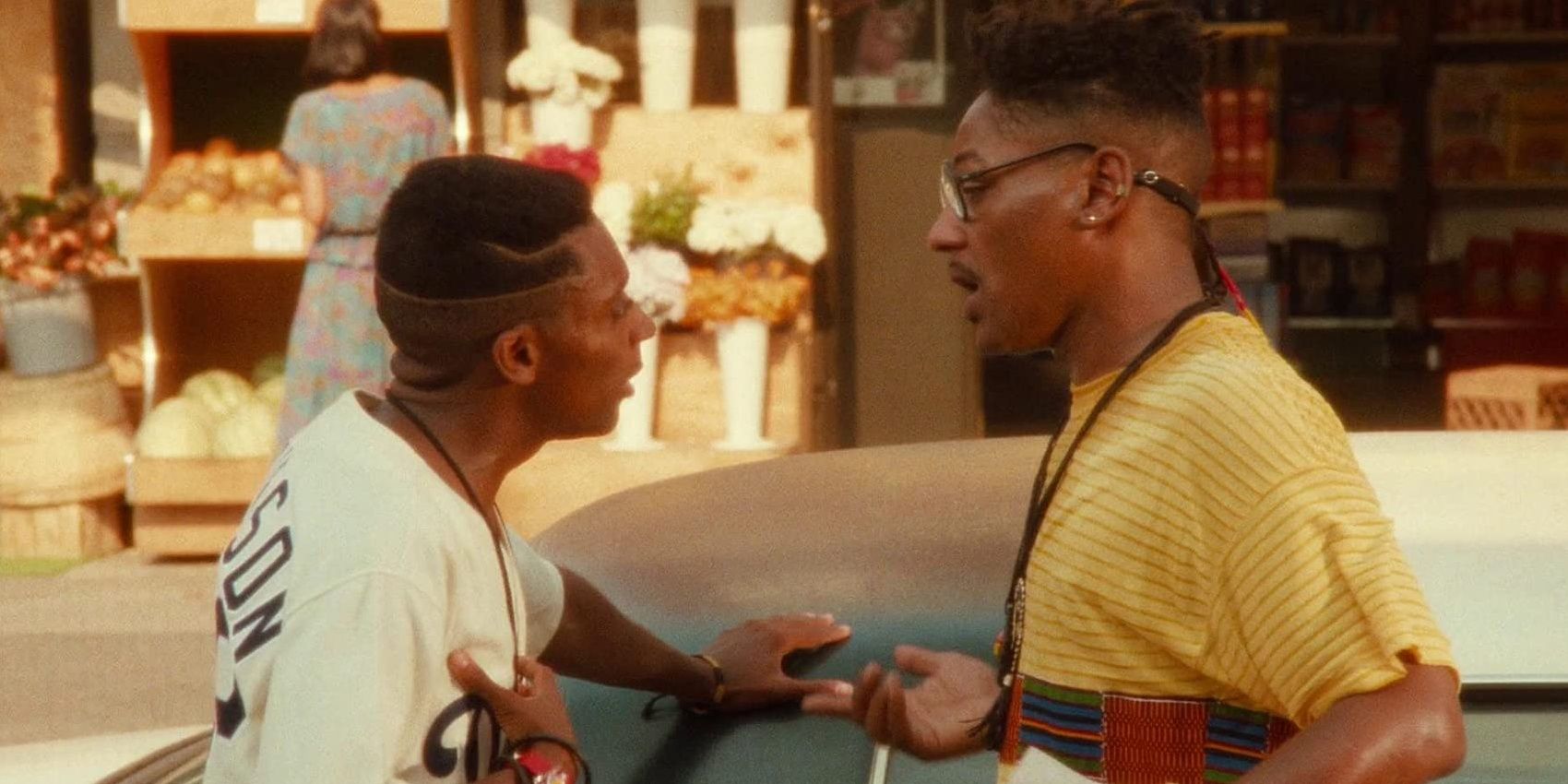Do the Right Thing
Summary
Giancarlo Esposito ’s experience during oneDo the Right Thingscene was a conflict . Spike Lee’sDo the Right Thingremains an emblematic narrative that cut into into racial tensions on a swelter day in a Brooklyn neighborhood . Since its release in 1989 , the film has garner acclaim for its graphic portrayal of a residential district on the brink , showcasing how racial grievances and mistake can step up into violence . The movie ’s legacy is underscored by its vibrant character , poignant storytelling , and its unflinching regard at the complexities of race coition in America , make it a timeless opus in the chronological record of American film .
Known for his absorbing performances inBreaking BadandThe Mandalorian , Giancarlo Esposito flirt a polar persona intheDo the Right Thingcast , bringing to animation the character of Buggin ' Out . Esposito ’s life history , marked by its diverseness and deepness , showcases his ability to navigate complex characters , often riddle them with a nuanced blend of intensity and humankind . His portrayal in Lee ’s film is no exception , contributing significantly to the narration ’s exploration of racial moral force and its enduring impact . However , Giancarlo Esposito struggle with one keyDo the Right Thingscene .
He ’s one of contemporary cinema ’s most inventive and exciting filmmakers , but which of Spike Lee ’s movies are in his top 10 , according to Letterboxd ?
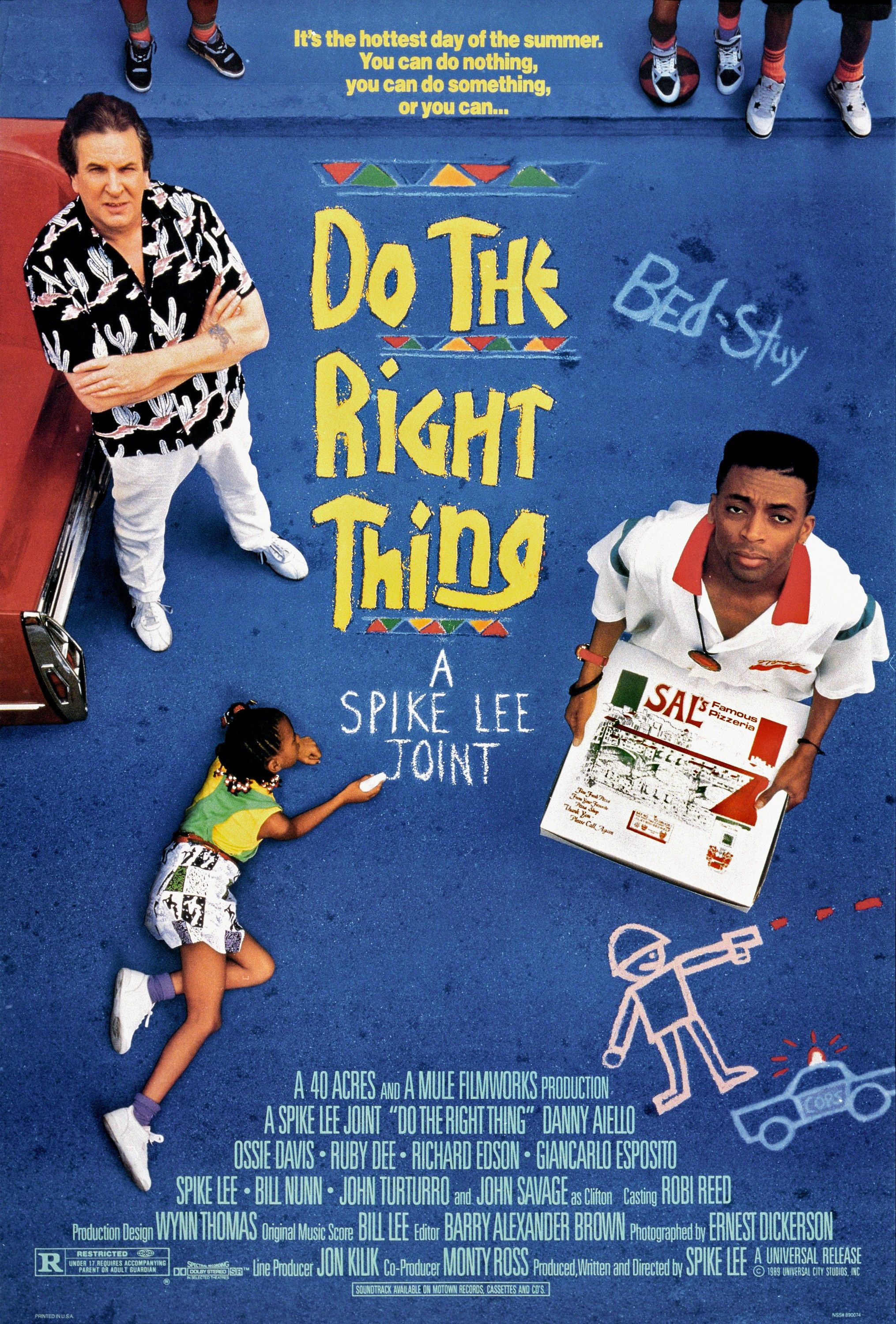
Giancarlo Esposito Found Do The Right Thing’s Riot Scene “Scary”
Esposito & Danny Aiello Cried In Each Other’s Arms After An Intense Scene
The scream scene inDo the Right Thingserves as a climactic spot of the moving picture , vividly capturing the eruption of racial tension that had been simmering throughout the story . This scene , set against the background of 1980s New York City , reflects the real - biography racial discord and fermentation that plagued the cityduring the 10 . It ’s within this context that Esposito ’s recounting of the film experience sheds light on the raw emotion and strength that permeate the bent ( viaThe Guardian ) . He explained :
The riot hooey at the final stage was scary . When you have to get physical , something takes over : there were some vivid moments , with people getting in hint with how they really mat up . With Danny Aiello , who played Sal , I was excommunicate him and he was beshrew me and all of our sprightliness flashed past us . We terminate up crying in each other ’s arms because we ’d said some frightful things to each other . We looked back to Spike to say : " Was that what you wanted ? " He was behind the photographic camera with his arms outstretched , punch the sky .
The emotionalturmoil that both Esposito and Danny Aiello endure during the filming of the riot scene inDo the Right Thingwasmagnified by their various cultural backcloth — Esposito being of African and Italian heritage , and Aiello being Italian American . This dynamic add a layer of personal significance and complexness to their performances , especially in a scenery charge with racial tenseness . Both doer bring to the stage set not just their considerable talent but also the weightiness of their personal and residential area histories , sail the intricacies of identity operator , race , and the American melting pot .
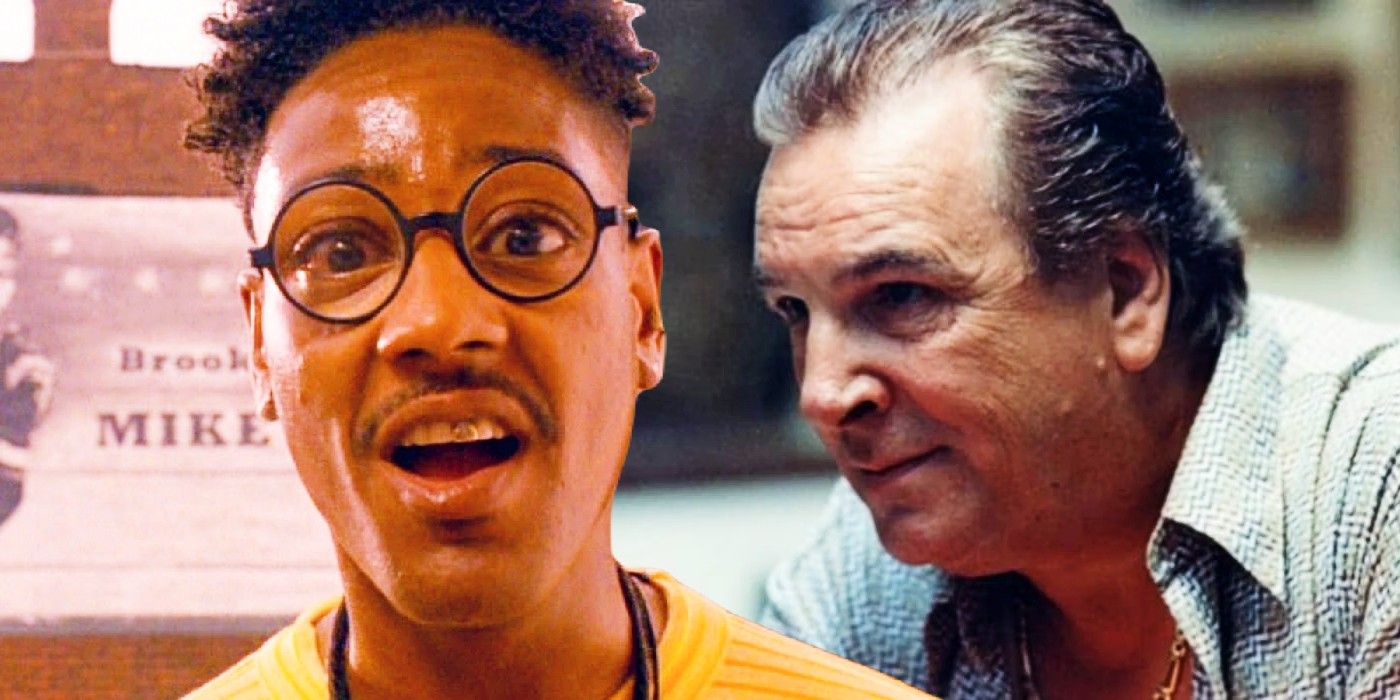
Custom Image by Stephen Barker
This intersectionality made the already challenging scene even more poignant , as it was n’t just about the reference they limn but echoed larger , real - world stress and talks . Their subsequent aroused release — crying in each other ’s arms — signify a heavy moment of human connection and discernment amidst the chaos , transcending their characters ' conflict . This abreaction highlight the power of empathy and dialogue , essential root word in a movie deep root in explore racial tensions and the pursuit for understanding and harmony within a various community of interests .
After announcing that he has met with Marvel Studios about a potential MCU role , Giancarlo Esposito fan cast has make over the net .
Do The Right Thing’s Legacy Explained
The Movie Is Even-Handed, Not Solely Blaming Any One Group
The enduring relevancy ofDo the Right Thing , one of Spike Lee ’s first moving picture , can be attributed toits balanced portrayal of a complicated issue , a opinion echo by Esposito ’s reflection on the cinema ’s script and Roger Ebert ’s poignant review . Esposito praise the screenplay , noting :
When I first take the script , I opine it was one of the best things he ’d ever written . It did n’t soft - pedal anything , but it ’s incredibly even - handed when it could have been much more one - sided .
Esposito highlighted Lee ’s ability to present a multifarious view of racial tension without lay blame solely at the feet of one group or another . This even - handedness is crucial to the pic ’s endure bequest , as it refuses to simplify the complex realities of race relations into a binary of right and wrong . Instead , Lee offers a panoramic sentiment of a residential area where everyone has their virtues and vice , their reasons and regrets .
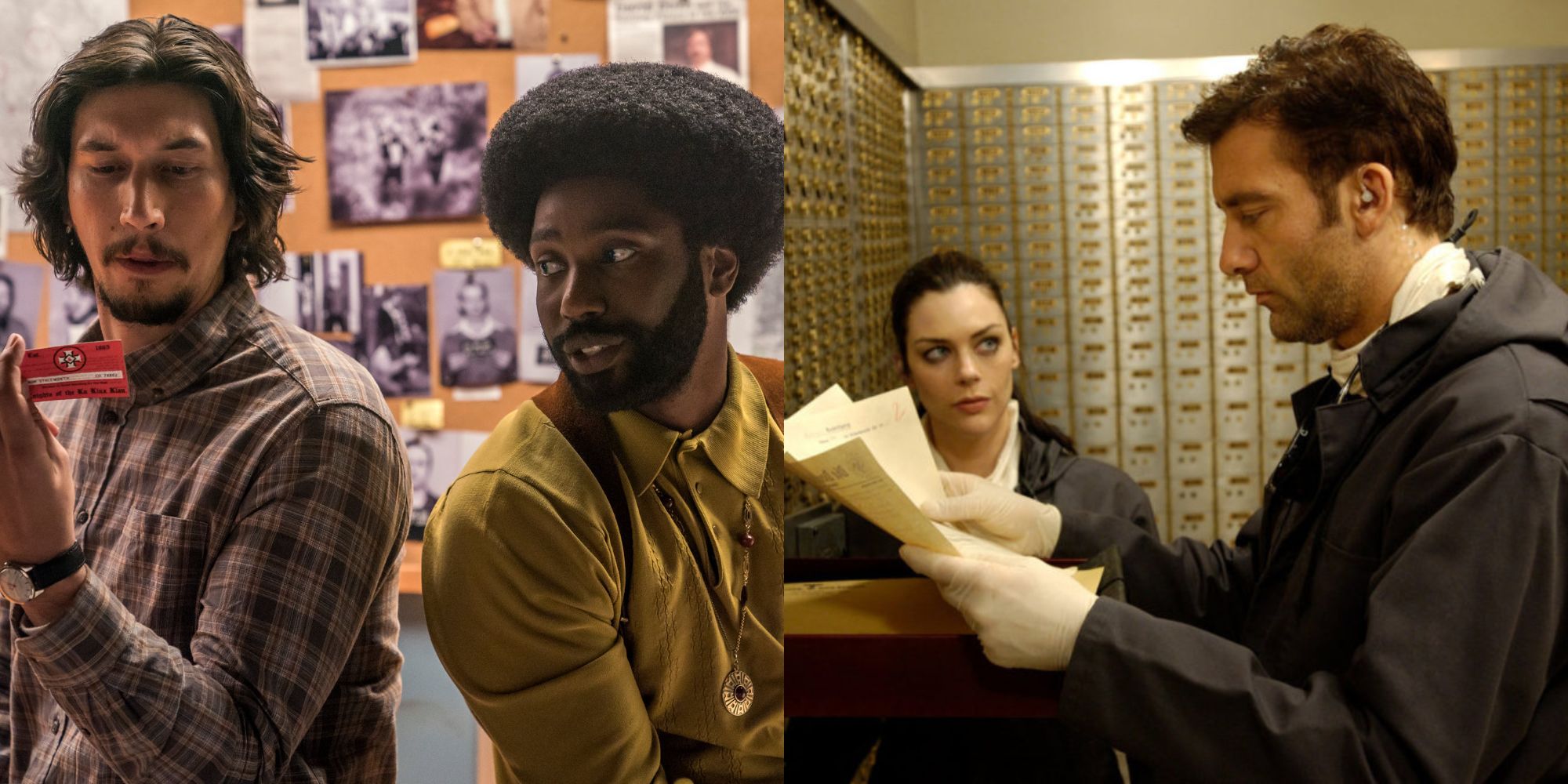
Roger Ebert ’s worked up reply to the film , highlighted by his experience at the Cannes Film Festival ( viaRoger Ebert ) , underline the picture show ’s profound impact on audience . Ebert admired Lee ’s ability to empathize with all party involved in the racial treatment , stave off the simplification of the story into Cuban sandwich and baddie . In his review , Ebert sound out :
" Spike Lee had done an almost unacceptable thing . He ’d made a movie about race in America that empathized with all the participant . He did n’t soak up line or take sides but just take care with unhappiness at one racial flashpoint that stood for many others . "
Instead , the cinema offer a deep diving into the complexity of racial tensions , driven by misunderstandings , insecurity , and social construct . The flick ’s exploration of these tension , without resorting to easy answer or one - dimensional characters , speaks to the heart ofDo the Right Thing ’s legacy .
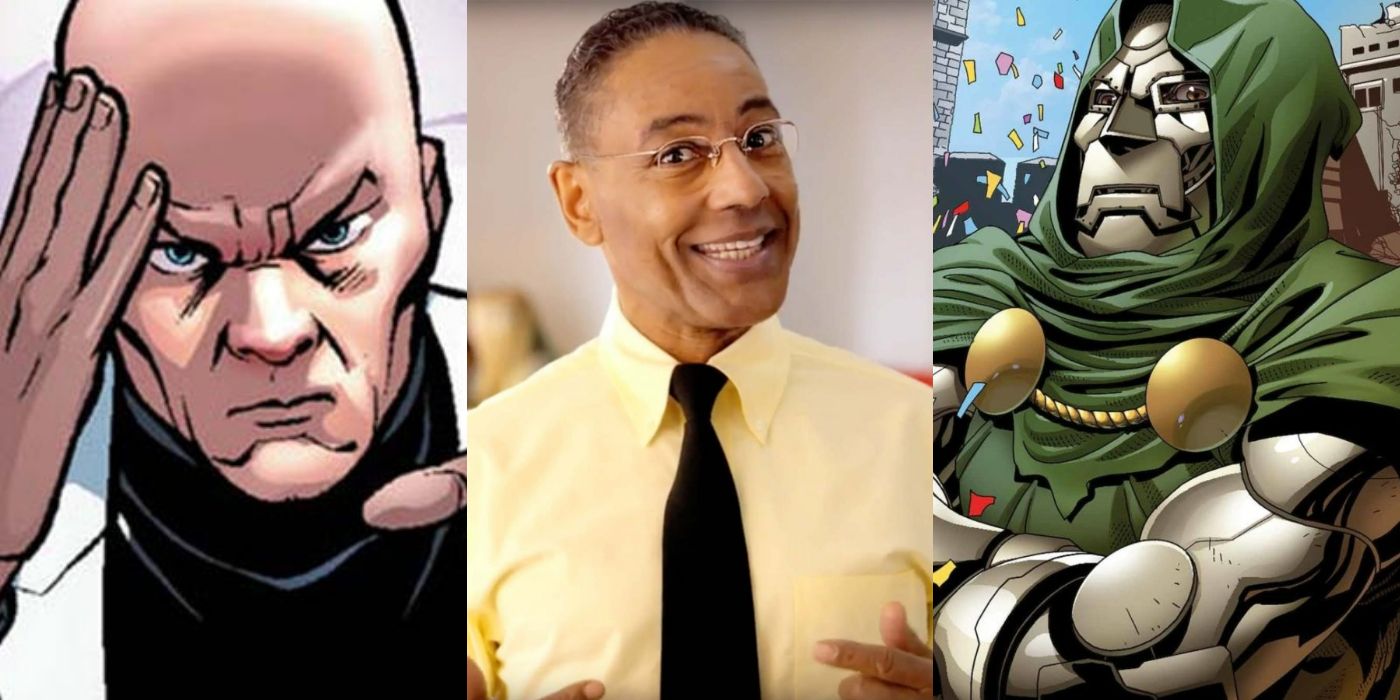
source : The Guardian , Roger Ebert
Your Rating
Your remark has not been saved
Cast
